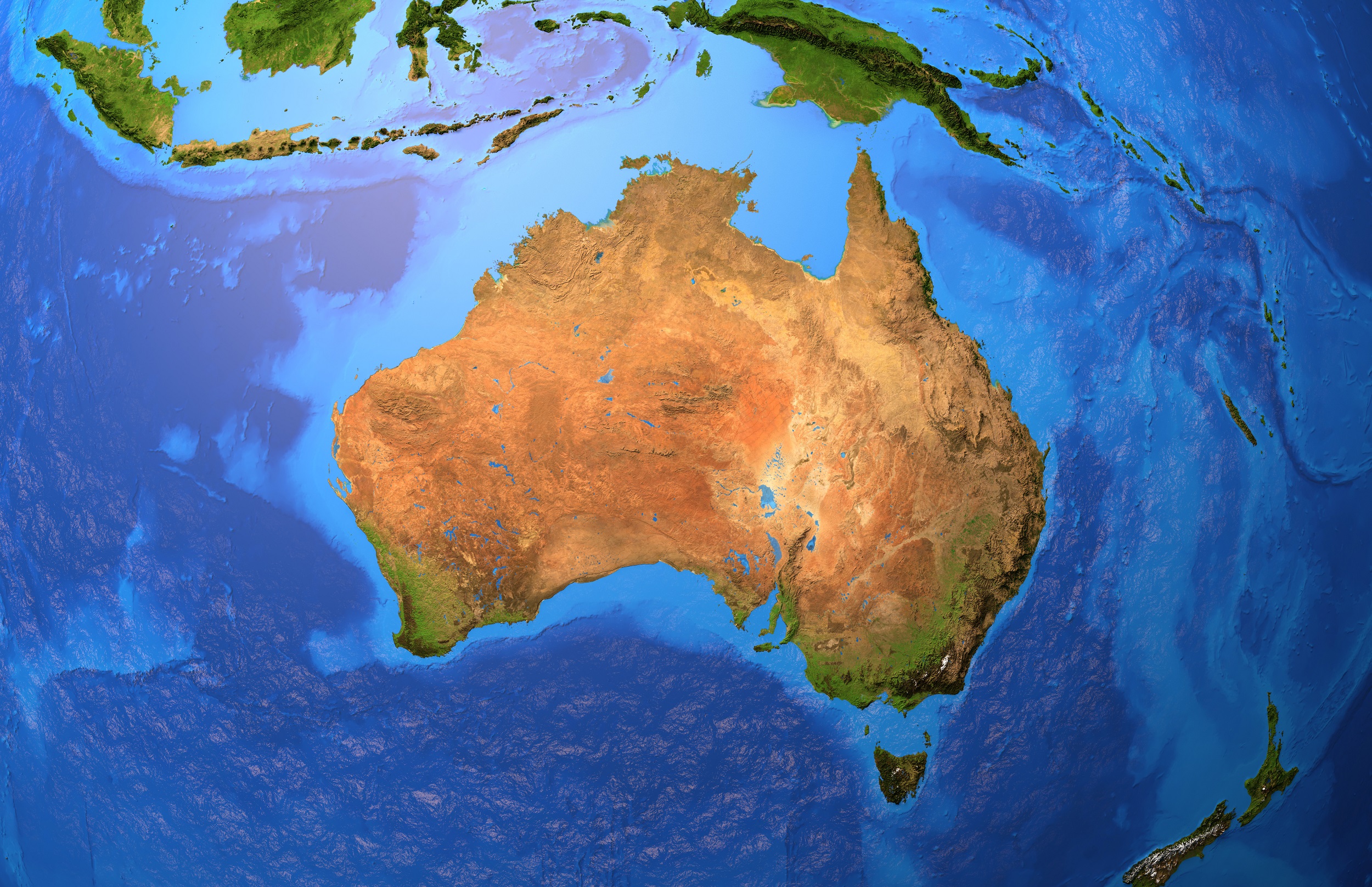Strong international demand for Australian resources and energy

The fallout from Russia’s invasion of Ukraine is driving continued strong demand for Australian resources and energy as many Western nations move away from Russia to find alternative sources of supply.
The Australian Government’s June 2022 Resources and Energy Quarterly (REQ), from the Department of Industry, Science and Resources, said international demand has led to a further surge in the price and export value of many of Australia’s resource and energy commodities over the past three months.
At the same time, commodities that are essential for electric vehicles, batteries and the transition to cleaner energy are also experiencing strong demand growth, with the value of lithium exports forecast to more than double by 2023-24.
Overall, the June REQ forecasts Australia’s resources and energy export earnings to hit a record $419 billion in 2022–23, after reaching an estimated $405 billion in 2021–22. Export earnings are expected to ease to around $338 billion in 2023–24, as improving global supply pushes commodity prices back to more normal levels.
The $405 billion estimate for the 2021–22 financial year is down from the March 2022 REQ forecast of $425 billion, due to flooding and weather disruptions in Australia coupled with ongoing COVID-19 issues with Australia’s workforce and shutdowns in China.
Minister for Resources and Northern Australia, Madeleine King, said fallout from Russia’s ongoing invasion of Ukraine had cut global supply and boosted global prices, but Australia has remained a stable and reliable source of resources and energy.
“Australia’s resources and energy sector continues to underpin Australia’s economy and to support international energy security during the global turbulence caused largely by Russia’s invasion of Ukraine,” Minister King said.
“The Australian Government is committed to ensuring that the benefits of Australia’s exports flow through to all Australians, as well as the 303,000 Australians who work directly in the resources sector.
“Iron ore exports continue to be the strongest performer, although prices have eased since the peak in mid-2021. Total iron ore export earnings are estimated at about $133 billion in 2021–22, reflecting a rebound from cutbacks in China’s steel industry in the second half of 2021.
“However, the value of iron ore exports is expected to moderate further in 2023–24, as prices ease toward their historical average below US$100 a tonne.”
Minister King said strong global demand for Australia’s energy, coupled with flooding and weather events at home, contributed to the recent surge in domestic gas and coal prices.
At the same time, earnings from Australia’s LNG exports are estimated to more than double from 2020–21, to reach $70 billion in 2021–22.
The REQ reports that Australian coal export earnings are also estimated to have more than doubled from the previous year to around $100 billion in 2021–22.
Commodities such as lithium, nickel and copper, which are critical to the transitioning cleaner energy sources of energy, have also achieved record high prices. Combined export earnings of lithium, nickel and copper are estimated to have reached about $23 billion in 2021–22, an increase of 39 per cent from 2020–21.
Lithium demand is being driven by surging global electric vehicle sales, which doubled to 6.6 million in 2021. Lithium export earnings are estimated to have reached $4.1 billion in 2021–22 and are forecast to more than double to $9.4 billion in 2023–24.






















